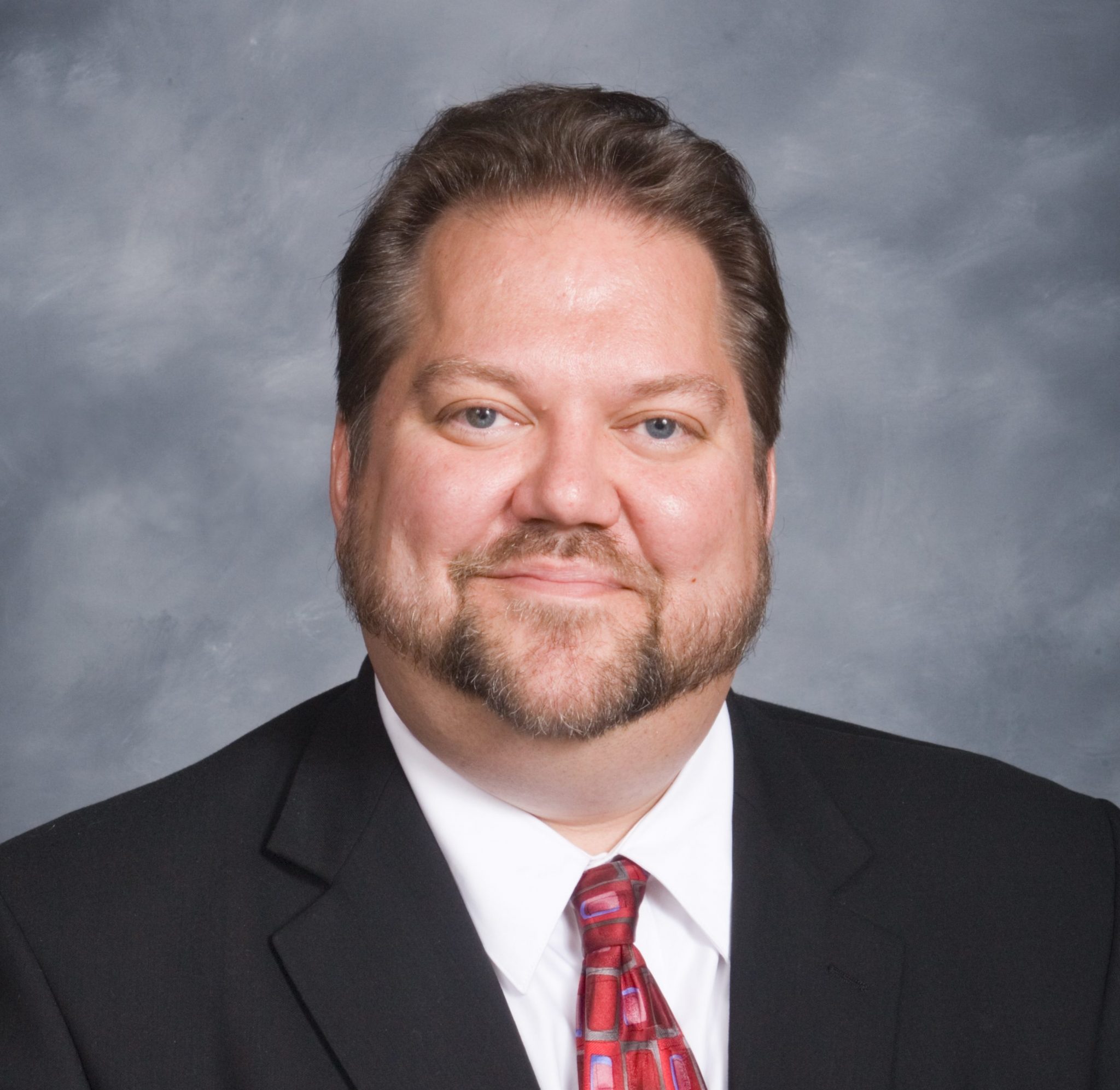by Scott Hoezee
In the desert prepare the way for the LORD.
Isaiah 40:3a
My neighbor did it again. The weekend after Thanksgiving I saw my neighbor across the street scurrying around his yard, using a large ladder to access also the upper reaches of the three trees in his front yard. Once the sun set that evening, the reason behind his busy work was revealed as the trees in his yard were lit up by about 75% more bright Christmas lights than had been on display even last year (when he had plenty of lights up as it was). This year’s lights feature also a great many strikingly bright blue and purple bulbs, creating an almost neon-like effect. In fact, this year there are so many lights that if my neighbor has not yet switched them off by the time my wife and I turn in and go to bed, the shades on our bedroom windows give off a distinctly blue glow.
Science assures us that nothing travels faster than light. And in our contemporary North American culture nothing so quickly signals the start of the holiday season than the shining of all those millions (and maybe even billions) of twinkly lights adorning shrubs, trees, porches, and even outlining entire homes. If you do a Google search for the phrase “Christmas lights,” you will instantly get back a search result of around 4.5 million Internet websites. All over the land and at the speed of light those twinkly displays proclaim the glad tidings: Christmastime is here again.
Oddly, the tradition of the Church has long begun Advent with a couple of scripture texts that turn the lights out. The First Sunday in Advent is typically devoted (at least in most lectionaries) to those apocalyptic texts like Mark 13 and Matthew 24 where we find Jesus pointing forward to a day when all the cosmic lights would start to go out as the moon grows dark, the sun stops shining, and stars fall from their orbits. The second Sunday in Advent usually brings us out to the desert, to the wilderness, so as to encounter John. The desert may be a place of intense sunlight, but it’s a light that can kill as the desert is the biblical symbol of chaos, of death, of everything that characterized the universe before God imposed his orderly cosmos overtop the chaos–a creation process that began with the delcaration, “Let there be light.” But the deserts of life are a reminder that for a very long time now, the darkness of death has been trying pretty hard to overcome the light of life.
Apparently the wisdom of the Church has long sensed that for Advent to have any real meaning, it needs to begin where Isaiah brings us and where every gospel writer brings us by harking back to Isaiah: the desert. And maybe this year people need less reminding than at other times that if the Good News is going to be truly good for us, it needs to begin in the place of darkness. Recently I heard a friend recount a conversation he had with someone who knows more about the financial world than the average person. This fiscal expert expressed a lot of anxiety about the financial meltdown that has gripped the world since mid-September of 2008. Curiously, this is the way my friend summarized this expert’s attitude: “I mean, this guy is really scared. He’s afraid that the lights are going to go out. Literally.”
Just now a lot of people feel that way. Not all the Christmas lights in the world can make certain forms of darkness recede or stave off the anxiety the darkness brings with it. But that’s why it’s comforting to know that the Advent of the Christ in this world is not only not undone by the presence of life’s dark wilderness periods but actually emerged from just that kind of darkness to begin with. As Isaiah knew, as John the Baptist knew, and as the gospel writers knew, there’s a reason why God’s salvation highway begins in the desert because that’s just where we need salvation to find us.
I don’t begrude my neighbor his pretty bright lights. Before Christmas arrives, my kids and I will string up a few lights ourselves. But when in the nighttime darkness I see the bluish glow of my neighbor’s lights seaping through my bedroom shades, I am glad to know the truth of Advent: it’s not the abundance of our lights that sum up what Christmas is all about by eradicating the darkness of the night for a few weeks each December. Instead, the deepest truth is all about how the one true Light that has come into the world finds us in the dark of life’s deserts and right there–right in the midst of all that is dreary and scary and dark–he sets our feet on a road that will eventually lead us to that Holy City that won’t need any sun to shine on it, for “the Lamb is its lamp.”

